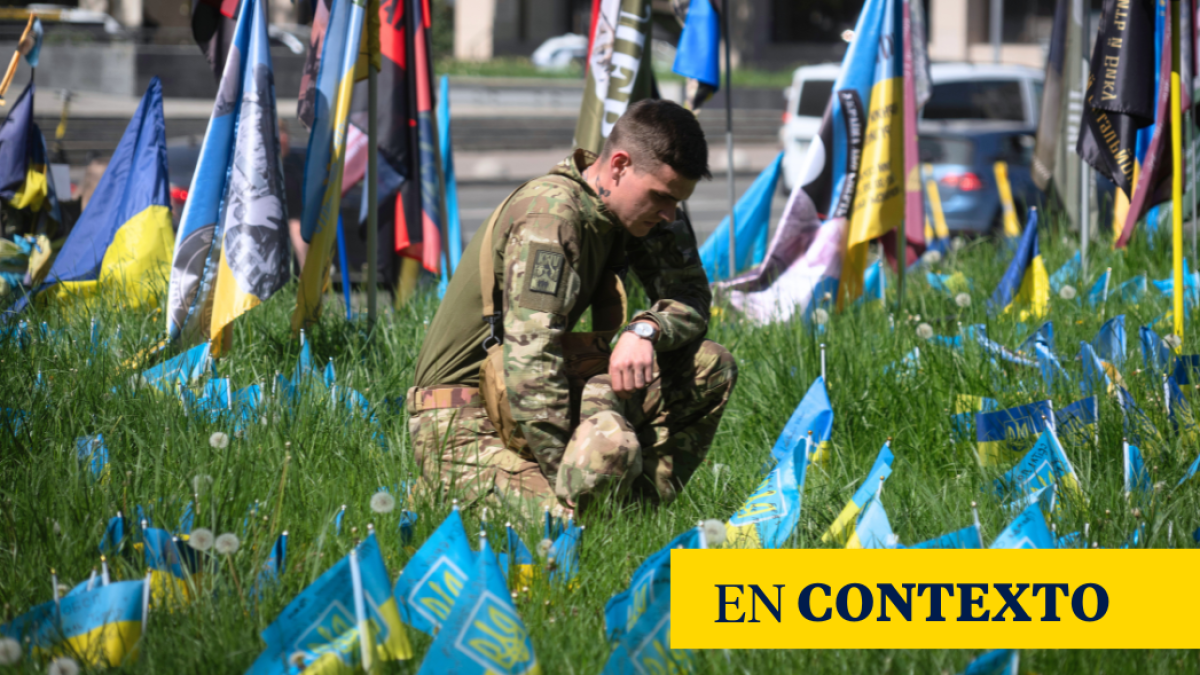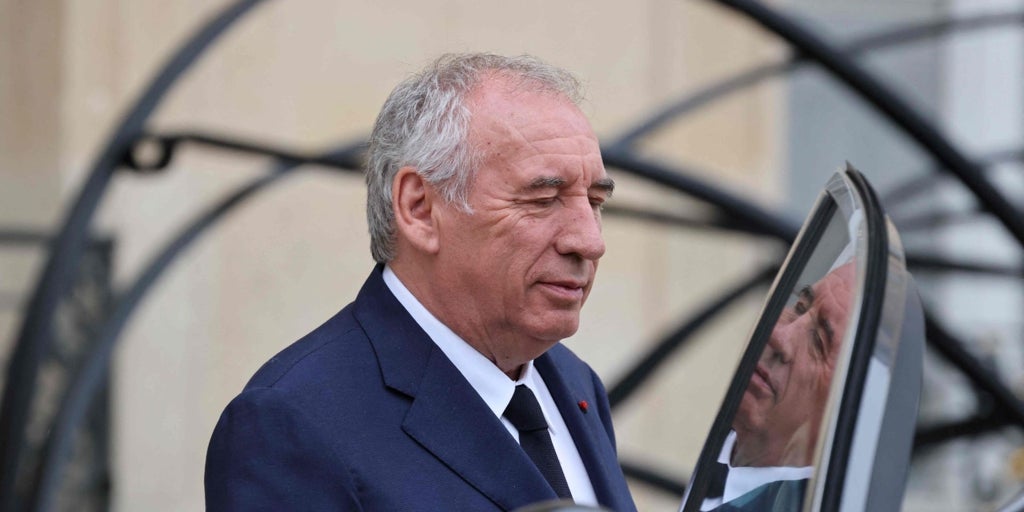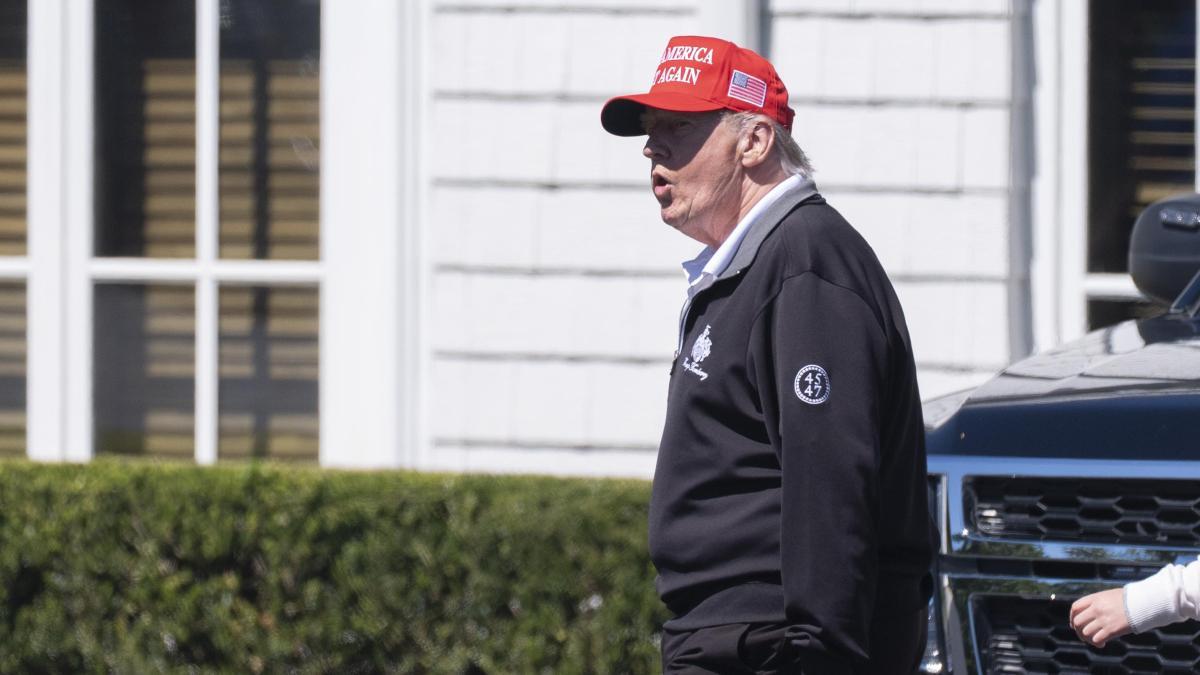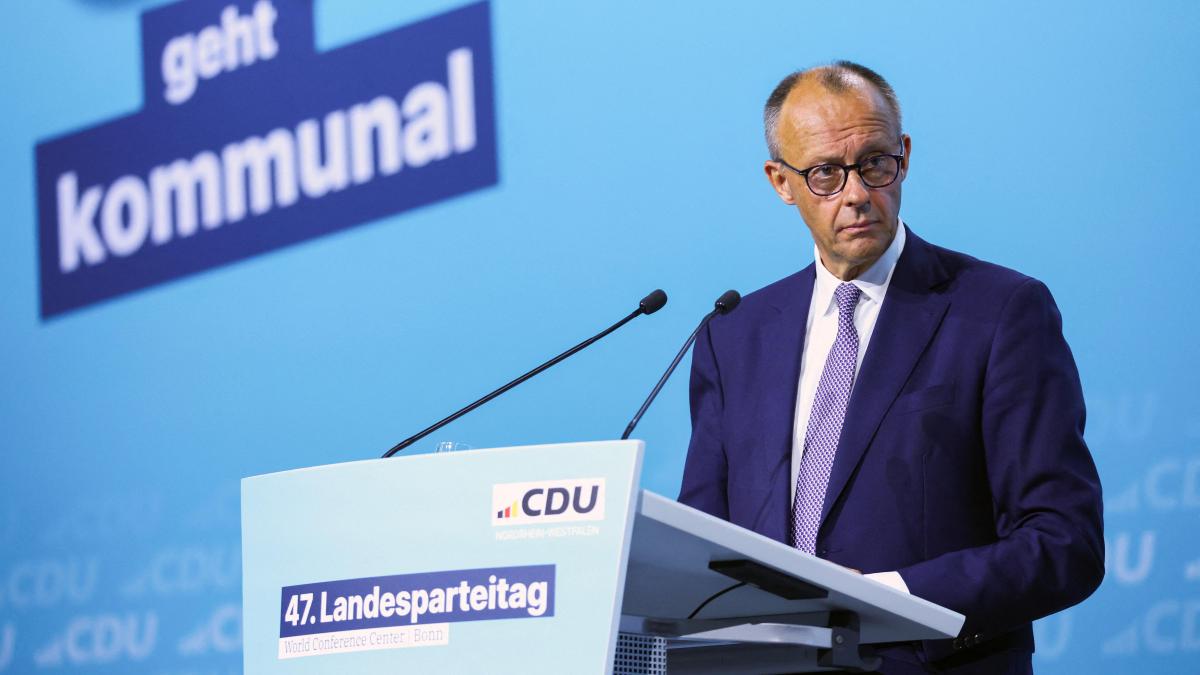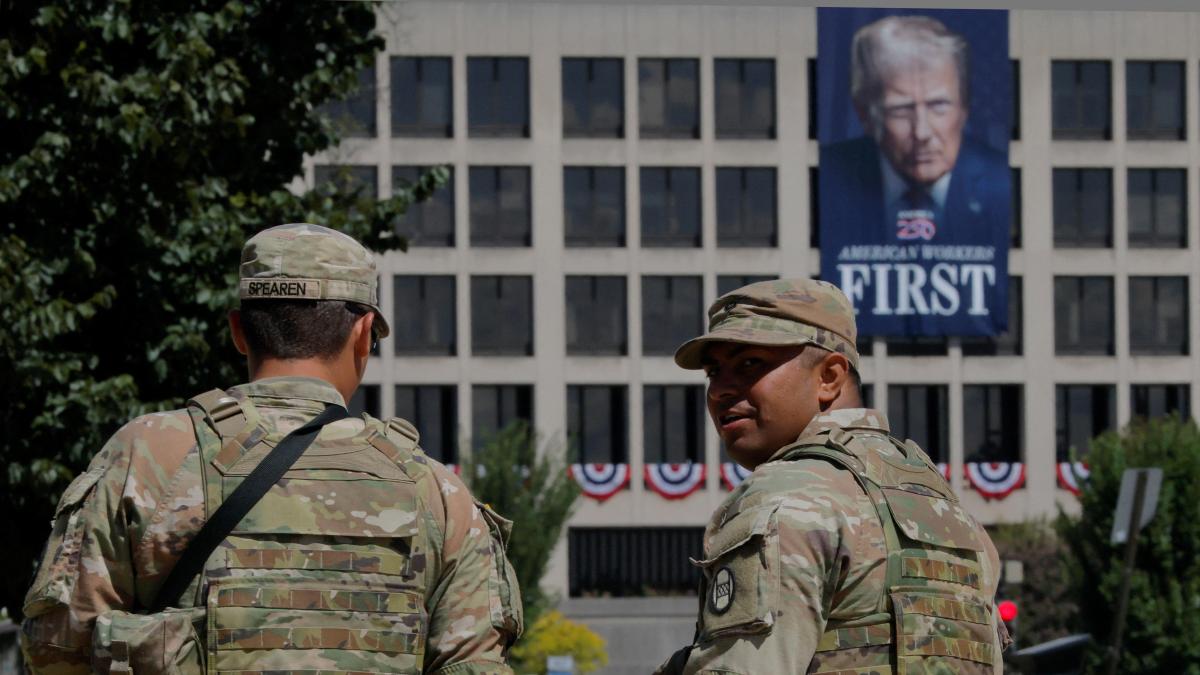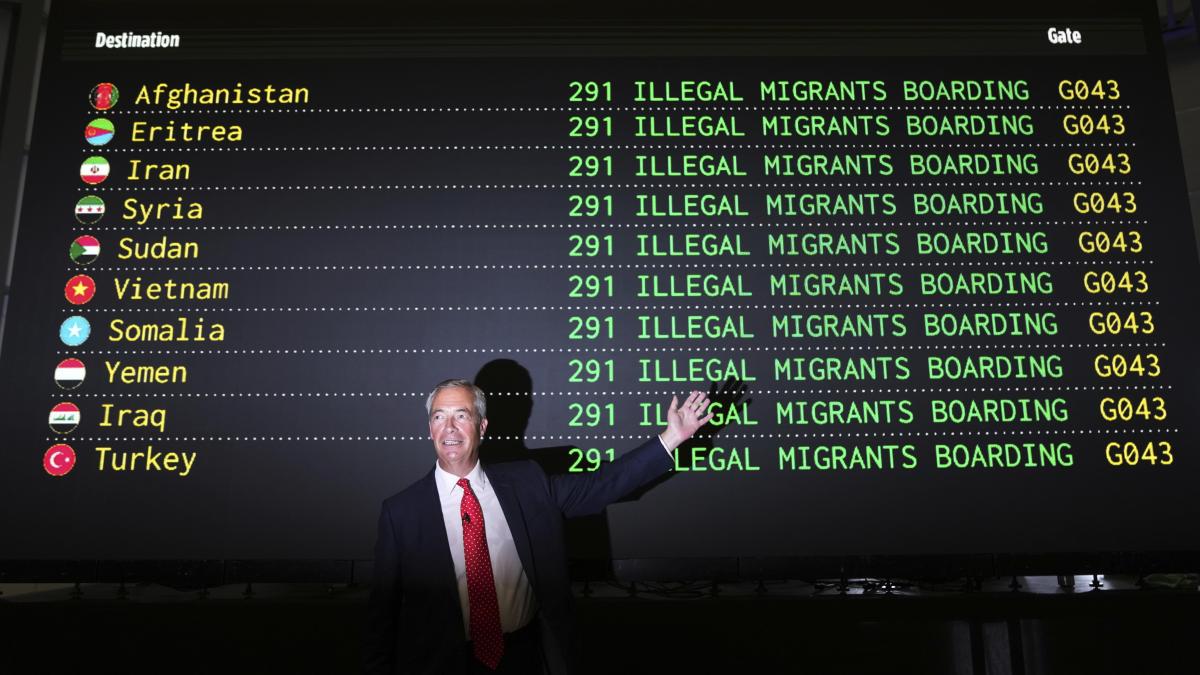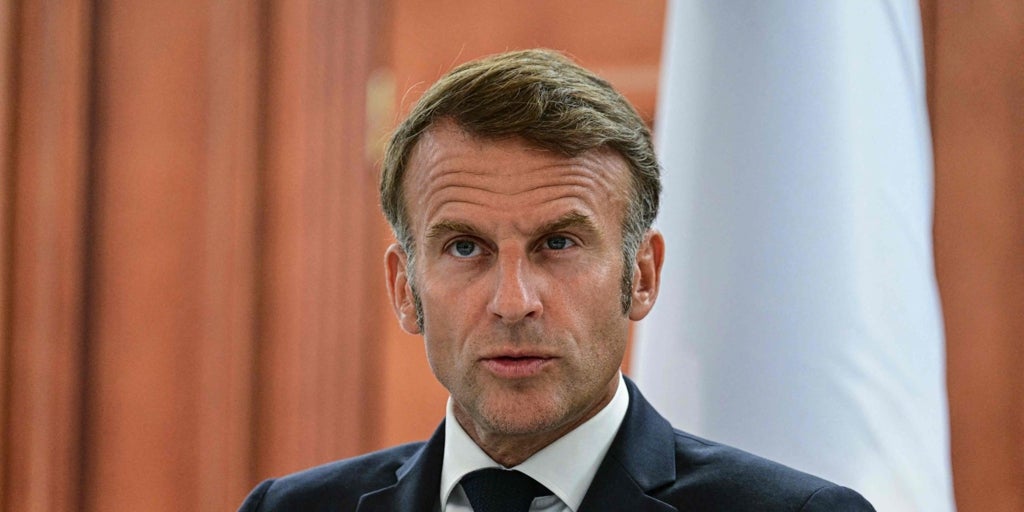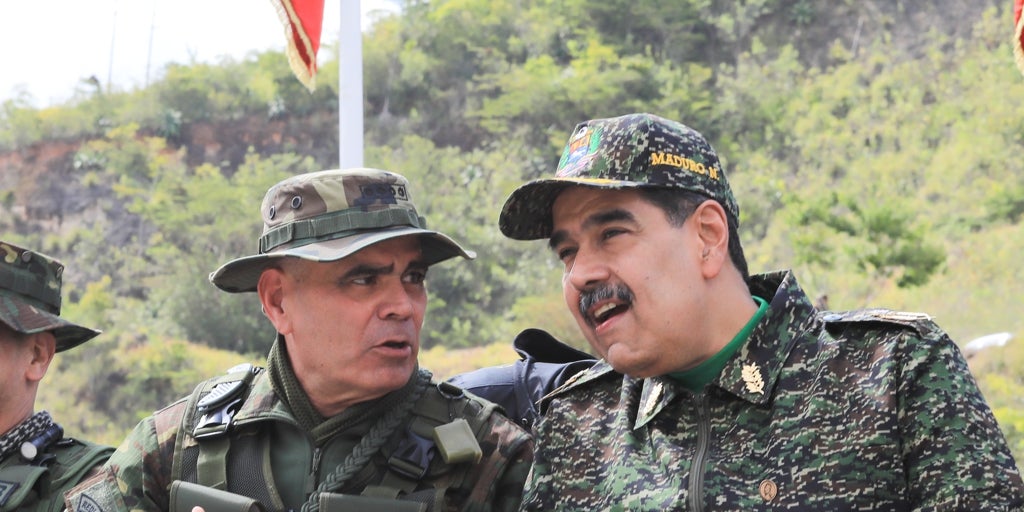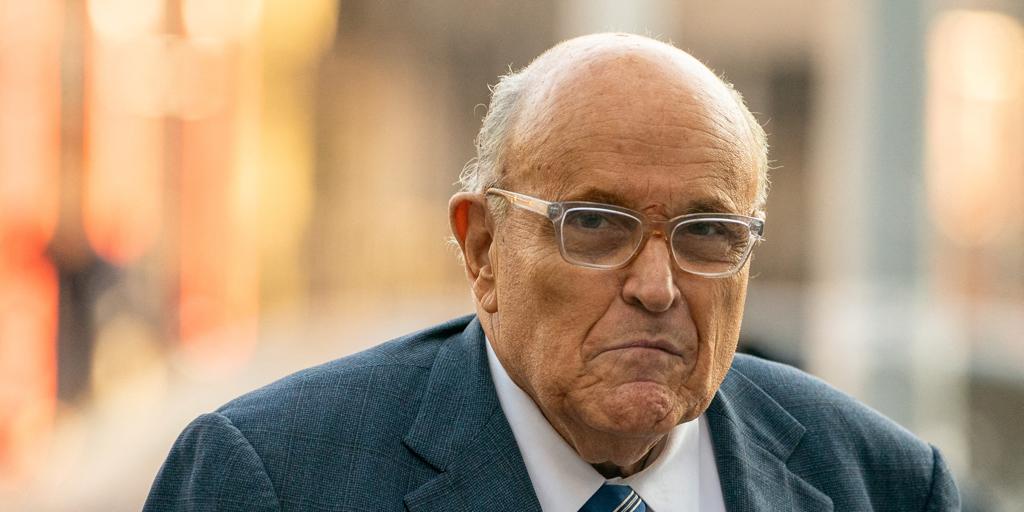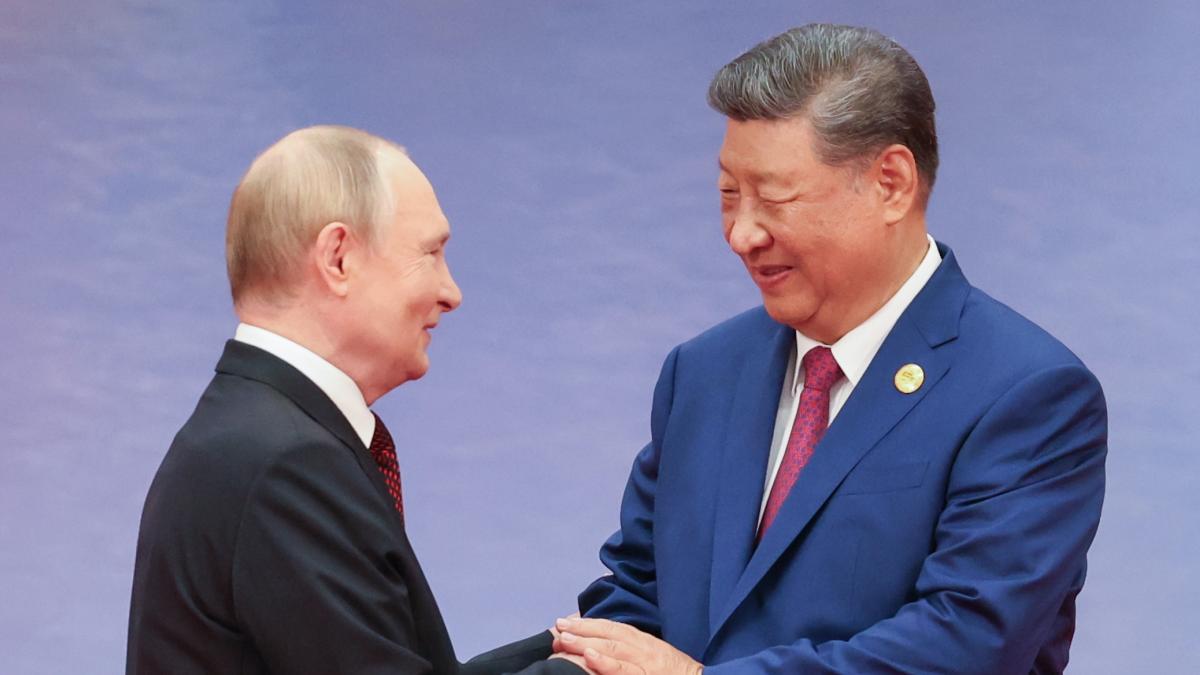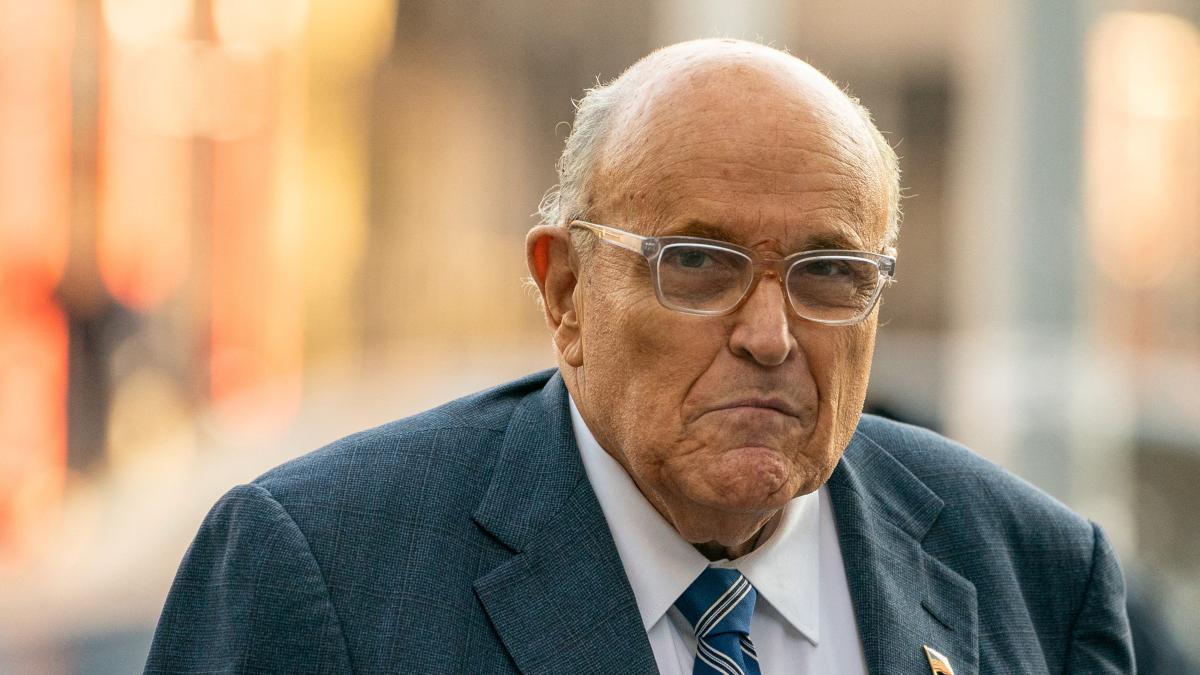Is Peace Approaching in Ukraine After a Thousand Days of Conflict?
This Tuesday, November 19, marks 1,000 days of relentless conflict in Ukraine, and a confluence of factors raises questions about the likelihood of peace. In a gripping discussion, Ramón Aymerich, editor-in-chief of La Vanguardia, reveals the intricate dynamics that might foreshadow a cessation of hostilities.
As the war grinds on, both sides have endured severe casualties, with the Ukrainian populace bearing the brunt of the devastation. With the toll of time weighing heavily upon both combatants and civilians, the anticipation for a breakthrough in the conflict has never been more palpable.
Trump’s Inauguration: A Potential Catalyst for Peace
One pivotal aspect influencing the peace discourse is the anticipated inauguration of Donald Trump, following his electoral victory in 2024. His campaign has been overshadowed by a promise to rectify US foreign policy, particularly regarding Ukraine. By advocating for an immediate end to the war, Trump’s leadership poses a considerable shift in the US stance, which might induce negotiations.
But the build-up of Russian military forces and ongoing offensives also complicate the landscape. Russia’s aggressive stance, coupled with Ukraine’s occasional thrusts into Russian territory, creates a more intricate conflict matrix. With President Biden recently sanctioning Ukraine’s use of long-range missiles, the scale of warfare has escalated to unprecedented levels.
The G-20 Summit: A Hub for Diplomatic Engagement
This week, the G-20 summit in Rio de Janeiro serves as an essential platform for compiling global positions regarding the war. Diplomats from around the world will converge, bringing with them varying perspectives and potential proposals for establishing peace. According to Aymerich, any resolution will likely involve difficult compromises, primarily regarding territory occupied by Russia, as Ukraine navigates the complex battlefield towards stable conditions.
Collateral Damage: The Human Cost
As we analyze the game of alliances, it’s crucial to remember the human suffering enveloping this war. Families are torn apart by the relentless violence, echoing the grim realities faced by many Ukrainians seeking refuge from terror. The nearly 38,000 civilian casualties and over eight million internally displaced individuals are stark reminders of war’s rampant collateral damage; patient hopes for peace are faltering amidst daily loss and despair.
The Complex Web of International Politics
This war transcends Ukraine’s borders. The global political arena has entered a complex web of reactions and alliances forming around the power dynamics. Notably, Brazil’s position during this G-20 summit could signal a turn towards a collaborative approach to peace. How nations address human rights, refugee crises, and territorial integrity will be pivotal in shaping the post-war landscape.
Moreover, recent discussions surrounding NATO’s role in deterring aggression emphasize a growing realization: that collaboration is essential in resolving conflicts. Russia’s assertiveness has renewed conversations about modern alliances and collective security, igniting debates on military spending and commitment to foreign aid.
The Price of Compromise
Yet, peace negotiations come at a price. To facilitate dialogue, both sides must grapple with contentious subjects woven into their narratives. For Ukraine, the prospect of territorial concessions or asymmetric compromises can appear unfathomable. Conversely, Russia’s demands also reflect an unwillingness to yield ground without significant counter-offers.
Future prospects hang in balance, and the ultimatum becomes clear: What terms of peace are negotiable when history hangs in the balance? Citizens yearn for answers, while officials broker uncertain futures—a fragile dance on the precipice of war and peace.
Future Scenarios: Hope or Despair?
The overarching sentiment among analysts suggests that peace can only emerge from historical engagement and mutual concessions. Without the persuasion of powerful allies and an earnest desire to bring warring factions to the negotiating table, the vision of a peaceful resolution may slide further from reach.
To surmount the challenges at hand, sincere diplomatic efforts and an unwavering commitment to human rights must scintillate through the rhetoric. The world watches, hopeful that amid these shadows of conflict, a beacon of peace may rise beyond the horizon.
In this tumultuous moment in history, we must remember: peace is not merely the absence of war. It is the presence of equity, justice, and compassion—a fervent hope nurtured amid the ashes of devastation.

